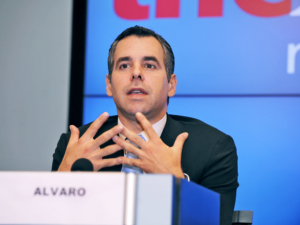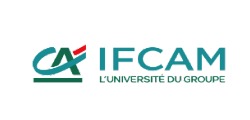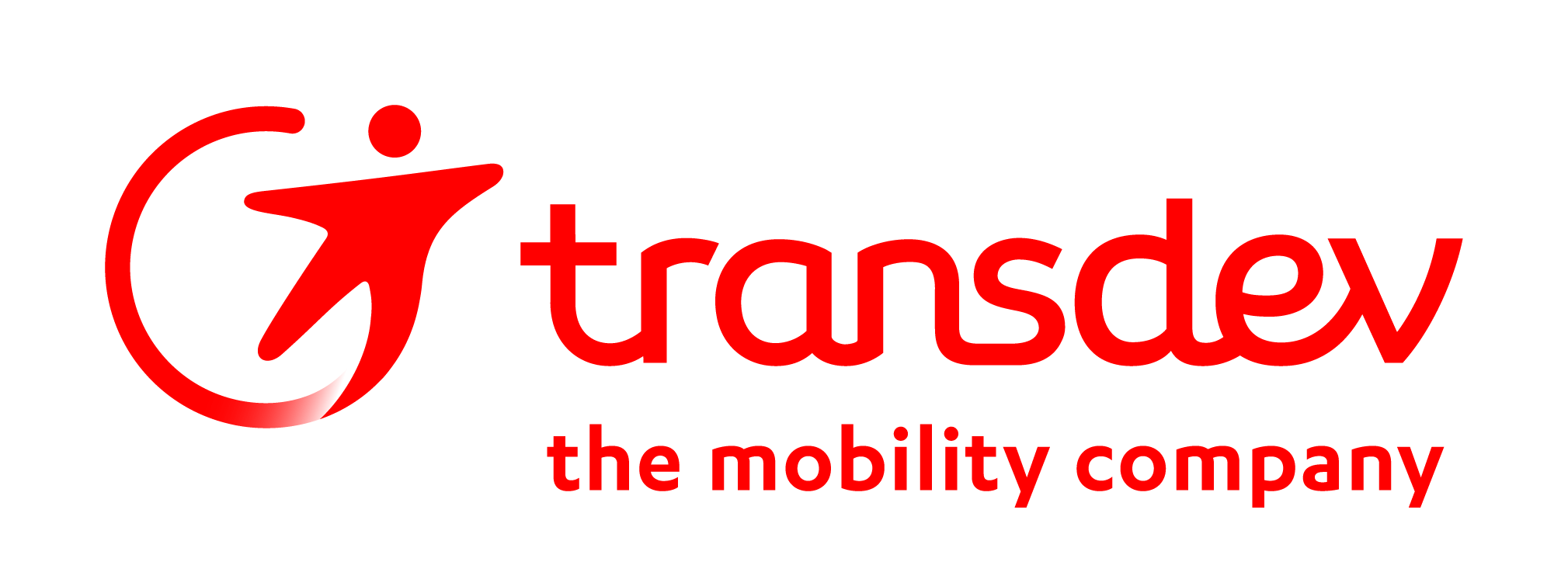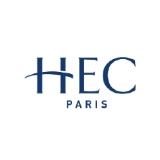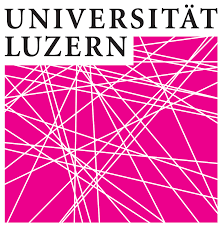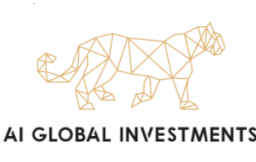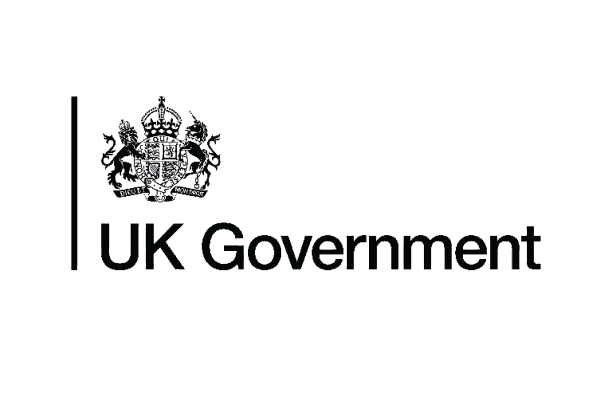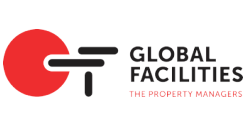Many countries around the world are currently working on reshaping the role of women in the professional world to achieve gender equality. This systemic change is driven by initiatives at various levels, including government policies aimed at ensuring better representation of women in decision-making positions, organizational efforts focused on empowering women through leadership programs that incorporate coaching, mentoring, and workshops, as well as structural changes to support women in balancing their roles as mothers and professionals. Using Donella Meadows’ condition for changesi as a framework, I will underscore that while these initiatives are necessary steps towards gender equality in the professional sphere, they often fail to address the underlying mental models and assumptions that perpetuate the status quo, having at the end shallow leverage for changing the system.
By exploring some assumptions underlying the current work system, I will demonstrate the imperative of engaging in authentic conversations with all stakeholders, including men, instead of solely framing the discussion around women as victims of inequality.
Encouraging both men and women to engage in dialogues about tangible changes and potential compromises in reshaping traditional gender roles would allow to reframe the conversation and therefor to encompass shared goals and mutual benefits and create greater engagement and commitment from all stakeholders on the system change.
A view of the current situation in France:
As lot of other countries, many legislative efforts and governmental measures have been put in place in France those last couple of years to promote gender equality in the workplace, but the figures still reveal persistent disparitiesii.
Among many inequalities we can observe that in 2024, despite the results-oriented obligation imposed since the 2018 law, the gender pay gap remains at 9% for equivalent positions and equal skills.
Challenges persist, particularly as well in accessing to leadership roles. Although quotas are imposed for executive positions by 2030, current figures still show imbalances, with only 52 public institutions and 59 private companies being labeled for their commitment to workplace equalityiii.
Reconciling professional and family life remains also a major issue, despite advancements such as the doubling of paternity leave in 2021.
According to a study conducted by INSEE (National Institute of Statistics and Economic Studies) in 2011, there were 1.5 million single-parent families in France, representing 22% of French families. This figure marked a significant increase, as 15 years prior, single-parent families accounted for only 17% of households. Another important observation is that in 85% of cases, the single parent was a woman.
In summary, we can observe that despite efforts by governments and organizations to address gender inequalities, they persist in various forms across societies.
Explanation of Meadows’ conditions for change and illustrations via current Initiatives:
To examine the government’s proposed measures and initiatives that I’ve observed in my role as a consultant focusing on gender equality, with the aim of understanding their potential for systemic change, I’ll employ Donella Meadows’ conditions for system changesiv.
Donella Meadows outlined three main conditions for system changes: Structural change, relational change, and transformative change.
Structural changes refer to alterations in the physical or organizational components of a system. Structural changes often result in visible shifts in the system’s behavior or performance.
In the context of gender equality, many initiatives leading to structural changes have been put in place such as : Establishing parental leave policies; changing regulation within organizations or legal frameworks to ensure equal pay for equal work addresses the structural imbalance in compensation based on gender; implementing gender quotas in political representation as well as withing Executive committee to ensure a certain percentage of seats are allocated to women, thereby altering the structural dynamics of decision-making bodies…
Relational changes refer to the shifts in the relationships, interactions, and dynamics within the system. These changes focus on fostering supportive relationships, promoting collaboration, and creating inclusive environments within organizations or communities.
In the context of gender equality, I have been observing various initiatives driven by executives or Learning and Development team to foster gender equality such as : Mentorship and sponsorship programs providing guidance, support, and opportunities for skill development and career advancement; Diversity and inclusion initiatives including diversity training programs, affinity groups, diversity recruitment efforts, cultural competency training to create a more inclusive and welcoming environment for all employees, regardless of gender; Leadership development programs tailored to the unique needs and experiences of women professionals. These programs may include workshops, seminars, or coaching sessions focused on developing leadership skills, building confidence, and navigating challenges commonly faced by women in leadership roles…
While these initiatives stem from good intentions, they are grounded in the assumption that empowering women and increasing their representation in leadership positions will inherently lead to systemic change.
However, they fail to engage with all stakeholders, particularly men, in reshaping the discourse around gender roles and responsibilities in the professional world as well as in society in general.
To foster lasting change, it is imperative to delve into the transformative level of Meadows’ model, which involves questioning the underlying assumptions and mental model that uphold the system.
Working on the third Level of Transformation: Transformative change (Mental model)
Mental changes refer to shifts in the underlying beliefs, attitudes, perceptions, and mental models that shape individuals’ behavior and decision-making processes within a system. These changes involve challenging deeply ingrained assumptions, questioning existing paradigms, and fostering new ways of thinking and understanding.
Ron Heifetz explains in the adaptive leadership frameworkv that a condition when working on system change is to address the adaptive part of the challenge.
He considers that working on complex challenges such as gender equity in the professional workspace requires to create an environment where all stakeholders, not only women, feel compelled to engage in conversations in reflecting on values at stake, competing interests, potential losses that maintain the status quo. Maintaining people long enough in this sense of disequilibrium allows the various stakeholders to diagnose better the system, making the mental mode more explicit and therefor creating space deeper introspection, collective innovation, and systemic change.
Building on scenario planning, as advocated by Raphael Ramirezvi, offers a structured approach to envisioning a future where gender equality is realized. Scenario planning enables stakeholders to explore different narratives and anticipate the mental shifts and sacrifices required to achieve different definition of gender parity.
Instead of solely framing the discussion around women as victims of inequality, it encourages both men and women to engage in dialogues about tangible changes and potential compromises in reshaping traditional gender roles. This approach allows for the alignment of perspectives and the cultivation of shared responsibility in driving the transformation process.
Examples of conversations regarding mental changes could involve assumptions about gender stereotypes in both private and professional life. Current societal norms and regulations often reinforce traditional gender roles, with women disproportionately bearing caregiving responsibilities. For instance, discrepancies in parental leave policies and custody arrangements perpetuate the notion that childcare is primarily a woman’s duty, thereby impeding women’s career progression. Men, on the other hand, face societal expectations prioritizing their professional duties over their roles as fathers. Legal frameworks and cultural norms often favor women in custody disputes, reflecting ingrained assumptions about male authority figures. This reinforces the narrative valuing men primarily for their professional accomplishments rather than their contributions to family life, particularly with young children, thus perpetuating gender stereotypes. Conversations aimed at recognizing men and women as equals on both fronts could explore the potential loss of power for both genders in different spheres.
Beside gender stereotypes, assumptions about the nature of the professional world contribute to entrenched beliefs and behaviors. The capitalist framework, founded on growth and career advancement, is deeply ingrained in societal norms, including the standard five-day workweek. This norm is sustained by various legal regulations governing retirement age, maximum working hours, and workplace policies. Encouraging a shift in mindset concerning work-life balance entails questioning the notion that career success is exclusively measured by professional accomplishments. It involves advocating for the importance of flexibility, implementing family-friendly policies, and providing support for employees to effectively balance their personal and professional lives.
In summary, leveraging on conversation about mental mode would facilitate a shift in the dynamics of gender equality conversations. Rather than positioning men solely as mentors or sponsors of women’s empowerment, a more inclusive approach encourages men to actively participate in dialogue and reflection about their roles and responsibilities in achieving gender parity. By reframing the conversation to encompass shared goals and mutual benefits, greater engagement and commitment from all stakeholders can be achieved.
Conclusion:
In conclusion, despite lots of positive initiatives aimed at promoting gender equality in the professional sphere, persistent inequalities persist. The focus must now shift towards engaging all stakeholders within organizations, regardless of gender, in addressing the adaptive challenges inherent in designing a new way of considering gender parity. This entails challenging deep-seated assumptions and mental models that underpin gender disparities, fostering inclusive dialogue, and creating environments conducive to meaningful conversations and positive disequilibrium.
While technical solutions such as women in leadership program or mentoring program have their place, tackling adaptive challenges requires time, patience, and a willingness to confront uncomfortable truths. By creating spaces for open dialogue and reflection, organizations can encourage stakeholders to challenge existing norms and beliefs, paving the way for transformative change. Through collaborative efforts and a commitment to questioning assumptions, we can foster a professional landscape where individuals are valued and empowered irrespective of gender.
i James D Nobles (2021): The Action Scales Model: A conceptual tool to identify key points for action within complex adaptive systems, Sage Journal
ii Plan interministériel pour l’égalité entre les femmes et les hommes 2023-2027, Toutes et tous égaux – (2023),
Ministère chargé de l’égalité entre les femmes et les hommes et de la lutte contre les discriminations
iii Plan interministériel pour l’égalité entre les femmes et les hommes 2023-202, Toutes et tous égaux – (2023), Ministère chargé de l’égalité entre les femmes et les hommes et de la lutte contre les discriminations
iv Donella H. Meadows and Diana Wright (2008) “Thinking in systems”, Chelsea Green Publishing v R. A. Heiffetz (1998), Leadership without easy answers, Belknap Press
vi Rafael Ramirez & Angela Wilkinson (2016) “Strategic Reframing”, Oxford university press



